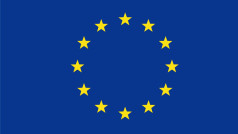2. Harmonised and clear definitions, reporting and recycling calculation method
For the purpose of calculating whether the proposed targets have been attained, a clear and practicable calculation method is needed. Instead, the proposed definition of a final recycling process causes confusion with a subsequent production process. Whereas we very much support the need for traceability and effective recycling, the definition of final recycling process proposed in Article 3 par. 17a is in our view inaccurate. In order to report in a harmonised way and to ensure comparability between Member States, FEAD considers that the most appropriate point of measurement is after sorting. In addition, it needs to be made clearer whether the derogation proposed in Article 11a par. 3 refers to 10% of impurities in final bales or to sorting residues from the plant as a whole.
FEAD also sees the need to maintain a clear distinction between prepare for re-use and re-use, the latter being a waste prevention measure. The Waste Framework Directive only regulates waste, not products. Extending the definition of preparation for re-use to products, which have never been waste, would cause major problems for reuse organisations and lead to an increase of the overall recycling rate of municipal waste which is unrelated to better performance in recycling. FEAD believes that it is important to stress that the purpose of defining the types of waste to which the new recycling targets would apply, as proposed in Article 3 par. 1a, is solely for reporting and calculating them.





